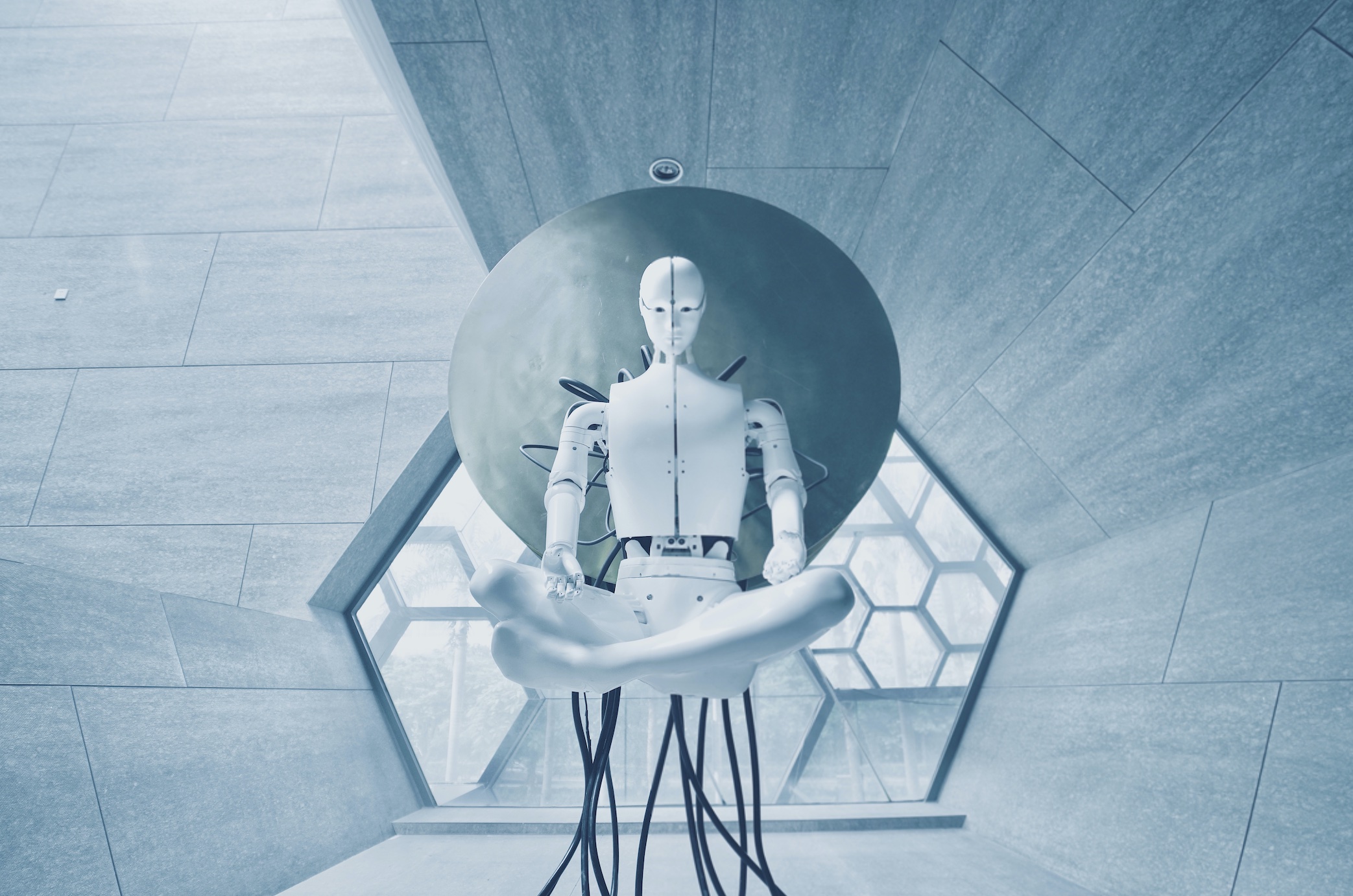The debate over whether AI systems can be considered inventors is just one example of the challenges ahead.
Artificial intelligence is transforming industries like healthcare, finance, and technology. Yet, protecting AI innovations—especially algorithms—remains legally challenging. This article explores the main legal hurdles in patenting AI algorithms and examines recent disputes that are shaping the future of intellectual property in this area.
Understanding Why Algorithms Are Hard to Patent
Algorithms, which drive most AI systems by processing data and performing tasks, are often considered abstract ideas in patent law, making them difficult to protect. In the 2014 case Alice Corp. v. CLS Bank International, the U.S. Supreme Court ruled that abstract ideas, such as algorithms or basic business practices, are not patentable unless they are applied in a concrete and innovative way that goes beyond the abstract concept itself.
The case arose when Alice Corporation tried to patent a computerized method for managing financial transactions, and the Court ruled that the method was too abstract to qualify for a patent, setting a precedent for similar cases.
Since many algorithms are essentially mathematical instructions, they fall into this category. This makes it difficult for AI innovators to meet the patent requirements of novelty, non-obviousness, and eligibility, limiting their ability to protect their inventions.
Patenting AI Algorithms in Different Regions
Legal standards for patenting AI innovations differ across regions. In the U.S., the Alice ruling has led to many AI patent applications being rejected. Algorithms often don’t meet the requirement of showing a concrete technological application, frustrating many in the field of AI development.
In Europe, the European Patent Office (EPO) has a more flexible standard. The EPO allows patents for algorithms if they solve a technical problem or produce a “technical effect.” For instance, an algorithm used in a self-driving car may be patentable, while a more general-purpose AI system might not be. This approach makes Europe a more favorable location for AI innovators seeking patents.
China, on the other hand, has been even more willing to grant AI patents. As part of its broader strategy to become a leader in AI, China’s patent office is more flexible with AI-related applications, allowing patents that might not be granted in the U.S. or Europe. This variation in global patent standards creates uncertainty for AI innovators trying to protect their work in different markets.
Recent Legal Disputes Shaping AI Patent Law
Several legal cases highlight the ongoing challenges between AI innovation and current intellectual property laws. One key case is Thaler v. Comptroller General of Patents, involving an AI system called DABUS, created by Stephen Thaler.
Thaler attempted to list DABUS as the inventor on patent applications in various countries, including the U.S. and the UK. Courts ruled that only human inventors could be listed, rejecting the idea that AI could be credited as an inventor. This case has sparked debate over AI’s role in the patent system and whether patent laws should adapt to recognize non-human inventors.
Strategies for Protecting AI Innovations
Given the difficulties in patenting algorithms, AI innovators need to explore other strategies to protect their work. One approach is to focus on patenting the specific applications of an algorithm rather than the algorithm itself. If an algorithm solves a technical problem in a field like healthcare or autonomous vehicles, it has a better chance of being patented.

Another option is to rely on trade secrets. Many companies choose to keep their AI algorithms confidential, using non-disclosure agreements and internal security measures. Although trade secrets don’t provide the same level of legal protection as patents, they can be effective, especially for algorithms that are hard to replicate.
A hybrid strategy can also work. Some companies patent specific applications while keeping the underlying algorithms secret. This allows them to secure legal protection without revealing the core technology behind their innovation.
The Future of AI Patent Law
As AI technology develops, patent law will need to evolve. The debate over whether AI systems can be considered inventors is just one example of the challenges ahead. Additionally, global competition may drive legal changes as specific regions seek to attract AI innovators.
For now, the challenge remains: while AI is driving technological progress, its algorithms are difficult to patent under current laws. AI innovators must stay informed about the legal landscape and consider alternative ways to protect their technologies.


Join the conversation!